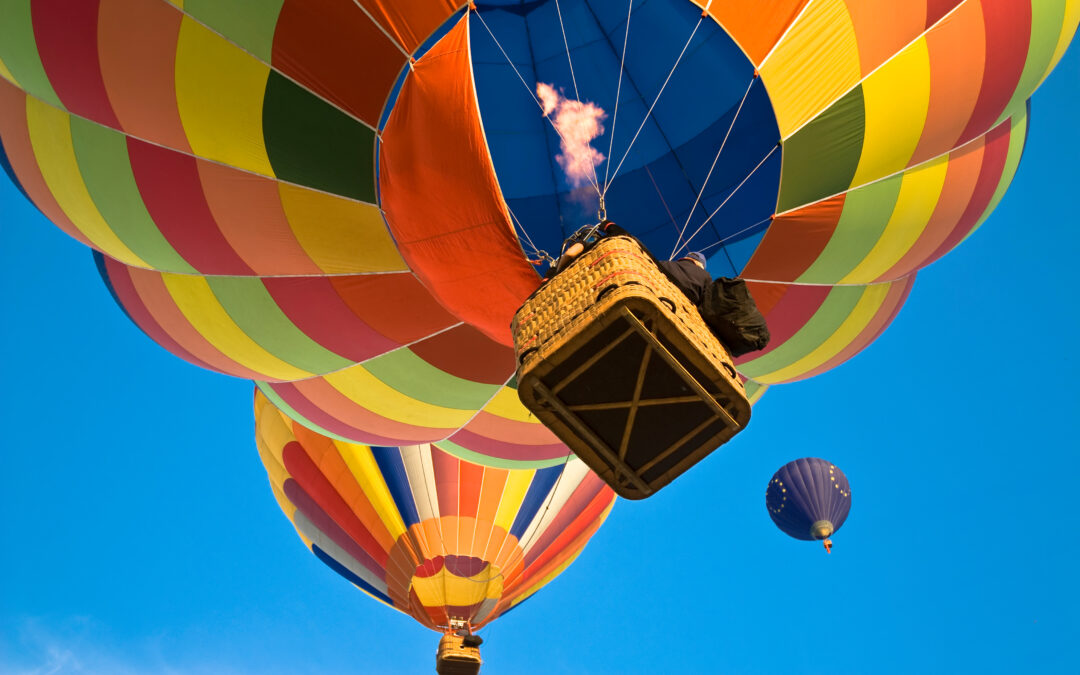Hot air balloons, the earliest form of human flight, have a history as colorful as the skies they grace. The first successful balloon flight took place in France in 1783, when the Montgolfier brothers launched a balloon made of paper and silk. Its passengers—a sheep, a duck, and a rooster—traveled over a mile, proving the concept was safe.
Just months later, humans took to the skies in hot air balloons. The first manned flight, piloted by Jean-François Pilâtre de Rozier and François Laurent d’Arlandes, captivated the public and marked the dawn of aviation. These early flights relied on open flames to heat the air, lifting the balloons and their passengers.
In the centuries since, hot air balloons have evolved from scientific experiments to recreational icons. Today, they are symbols of adventure, offering breathtaking views and a sense of tranquility that modern aircraft can’t replicate.
The legacy of hot air balloons reminds us of humanity’s timeless dream to defy gravity and explore the skies.


